Text
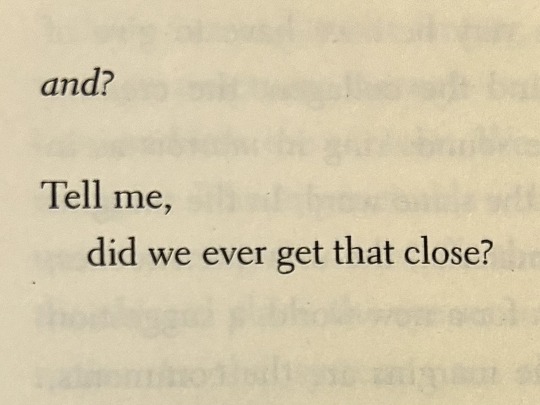
Jenny Hval, Girls Against God
1 note
·
View note
Text

"One might fancy that day, the London day, was just beginning. Like a woman who has slipped off her print dress and white apron to array herself in blue and pearls, the day changed, put off stuff, took gauze, changed to evening, and with the same sigh of exhilaration that a woman breathes, tumbling petticoats to the floor, it too shed dust, heat, colour; the traffic thinned; motor cars, tinkling, darting, succeeded the lumber of vans; and here and there among the thick foliage of the squares an intense light hung."
art: Dean Cornwell, "Couple Sitting at Opposite Ends of a Bench" (1923)
quote: Virginia Woolf, Mrs. Dalloway (1925)
12 notes
·
View notes
Text
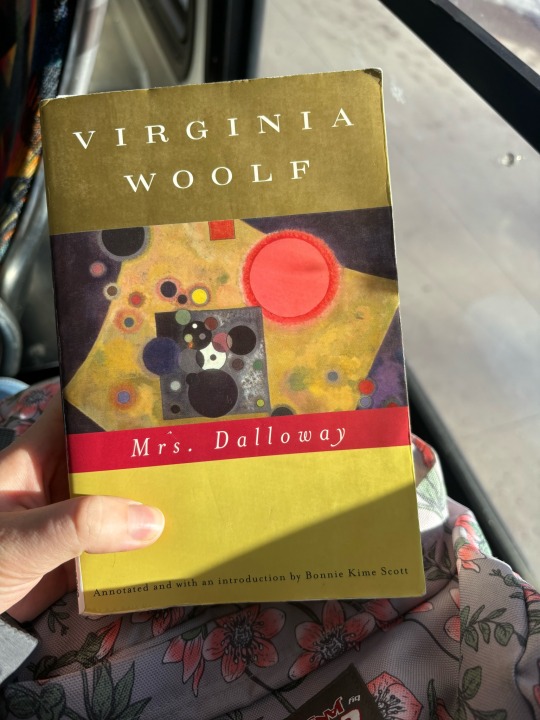
Reading Mrs. Dalloway for school and falling in love with Virginia Woolf’s voice all over again.
Loving the cover and this annotated edition by Bonnie Kime Scott.
#books#current read#literature#english#classics#english major#herecomesoberon#modernism#Virginia Woolf#Mrs dalloway
6 notes
·
View notes
Text
Apparently TikTok likes to make the videos ugly when you upload them on a different platform :(
1 note
·
View note
Text

Jenny Hval, Girls Against God
#books#current read#herecomesoberon#literature#quote#english major#english#Jenny hval#girls against god#metalhead
1 note
·
View note
Text
Girls Against God review:
Author: Jenny Hval
Rating: 3.5 ⭐️
This is a book about metal heads, and about being a girl.
Hval’s narrator starts off by telling us how much she hates God and expands into her vision of subculture/the black metal scene. The writing comes from a need to meet people, here, in the space writing opens. It also comes from a need to vent the hate Southern Norway condemns her for and the black metal boys don’t create a space for. She notes the hope inherent to hate—to create something else, something disgusting and possibly better—before acknowledging the religious roots of counter-culture and the violence it, like white supremicism, can perpetuate.
But it bends form, warping into essay, stream-of conscious thoughts, a novel, a film script, and even poetry. Part of it asks what can art do? Part of it asks what it can be? And it’s messy, jumbled, vulgar, and so much fuller than what you would find in a finished film or novel. It’s unlike anything I’ve ever read before, and it made me feel seen.
#books#for the girlies#english major#herecomesoberon#english#literature#current read#Jenny hval#metal#black metal#girls who like to rock
0 notes
Text

Another 3.5 ⭐️ read. This one’s unlike anything I’ve read before.
#english major#herecomesoberon#english#literature#current read#books#black metal#metalhead#girls who rock#cosmic horror#jenny hval
1 note
·
View note
Text
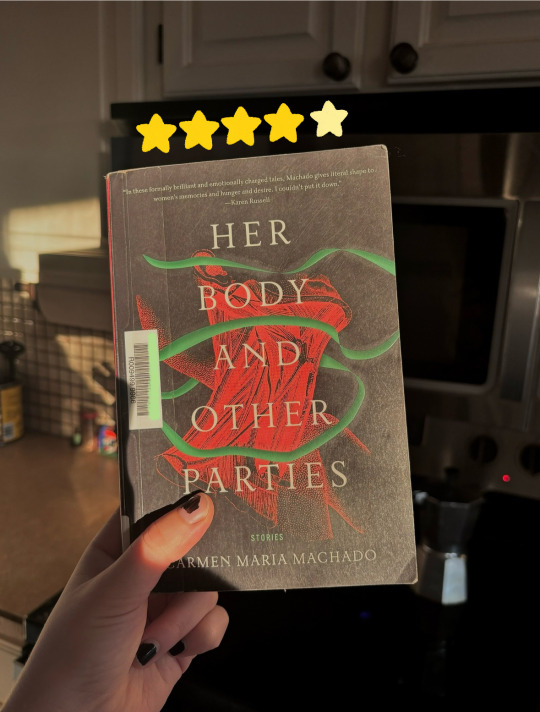
Gorgeous. Once again, thank you Carmen.
#carmen maria machado#her body and other parties#books#English#current read#english major#herecomesoberon#literature#horror#feminist horror#queer feminism#lgbt
2 notes
·
View notes
Text

Finally finished this guy on a snowy day that felt like the landscape was breathing around me.
3.5 ⭐️. Starting off my year with another gothic read.
#jonathan strange and mr norrell#susanna clarke#books#herecomesoberon#english major#english#literature#current read
1 note
·
View note
Text
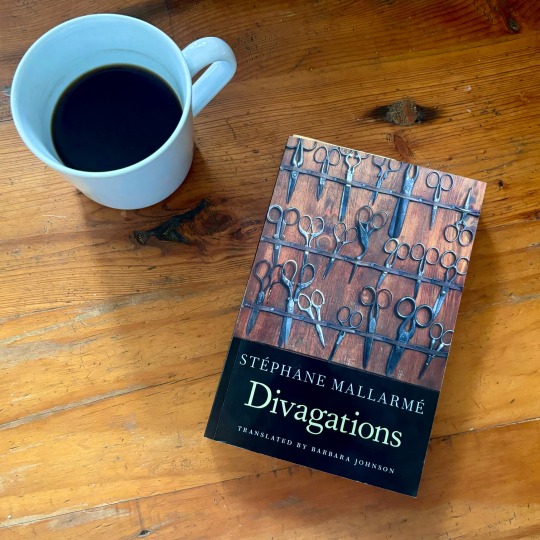
Starting this bad boy. I’ve got some good reading ahead of me.
#divigations#Stephane mallarme#books#French literature#literature#symbolism#english major#herecomesoberon#english#current read#modernism
0 notes
Text
No sign tells you about the spectacle inside…
Stéphane Mallarmé, “The Phenomenon of the Future”
#english major#herecomesoberon#english#literature#current read#quote#books#poetry#modernism#stephane mallarme
0 notes
Text
It's very fitting that I finally found a copy of Jonathan Strange & Mr Norrell in a little secondhand bookshop after a lengthy search, and that my copy of Piranesi has survived water damage
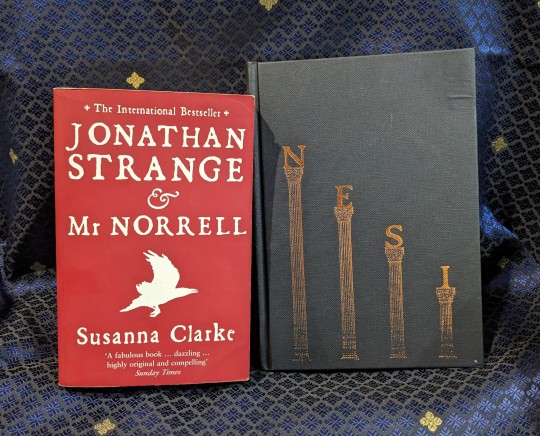
50 notes
·
View notes
Note
pleaaase share any and all thoughts you might have on as i lay dying by william faulkner if you're willing, i'd appreciate your analysis on any topic dealing with it. I recently had to read it for class and kept thinking "tumblr user transmutationisms would probably find this very interesting" and when I search your blog i see its one of your fav novels! personally am interested with the treatment of darl and what is considered "sane" vs. "insane" as well as addie and how her death is handled.
yeah this book made me so insane when i first encountered it lmao. i was always surprised by people who read it and thought that darl had genuinely or intrinsically 'gone insane' or even that he was in some kind of decline throughout the book. i thought what faulkner was doing with him was very different.
i'd posit there are basically 2 main mechanisms by which darl comes to be regarded as insane. one is the construal of criminal action as prima facie pathological. in darl's case it's specifically criminal action against his mother's body (so, the violation of a blood tie that is so important it has guided the entire novel) and ofc the barn burning has a more general sort of antisocial effect as well. so, the designation of insanity follows not because darl's action shows some kind of intrinsic breakdown or loss of lucidity, but because it puts him outside the bounds of accepted familial and social behaviours. so, in that sense there's a very straightforward connection between the social mores, the criminal code based on them, and the invocation of insanity to preserve the dichotomy between 'sane' and 'criminal', ofc with the asylum then appearing as another arm of the carceral / criminal apparatus.
in addition, though, faulkner's work is generally marked by an interest in the sort of social breakdown and decline that articulates along family lines. which is to say: although i wouldn't attribute to him the same degree of evolutionary-hereditarian degeneracy theory as, like, zola, there is certainly a repeated interest throughout faulkner's work in the family as a site of inherited social and economic decline. i don't think the point here is to write anse as insane, per se, or as passing on a discrete malady to darl, but parentage matters (cf. jewel's illegitimacy) and in the same way that anse is antisocial, illogical, and frequently illegible to the surrounding characters, darl by the end of the book has come to occupy a similar socially marginal position. darl is ofc punished more violently for his transgression; anse's chapters convey pretty clearly his outsider position and complete inability to make sense of the world on linguistic-logical terms, but darl escalates this when he burns the barn because he's breaking a rule that has more external social ramifications than, say, anse's biblical exegesis about snakes and trees and whatever.
broadly and kind of annoyingly you could say the novel is investigating the relationship between consciousness and language, or at least feeling and language. the words are "a shape to fill a lack", vardaman's fish chapter sort of sums up the failings therein, &c. so, anse and darl are interesting to counterpose in this respect because the disconnect between their inner worlds and linguistic abilities are very different. darl is the most linguistically adept narrator in the book, yet by the end he's committed an act so illegible to the state and to his community that he's declared insane for it. anse, on the other hand, is motivated by what is in certain ways a very clear and simple moral code (he is driven primarily throughout the novel by the desire to bury addie and then take care of his own material needs re: teeth and a new wife), but he's not really able to communicate this directly in narration, which makes his chapters some of my favs to re-read. with anse the stream-of-consciousness is continually hinting at and around what he's trying to convey; with darl there are certainly things he's capable of expressing clearly and directly in language, and so the effect (for me) is to surprise you when it's revealed that darl, too, is on a kind of margin of social logic.
59 notes
·
View notes
Text
November Wrap-Up:

A Ghost in the Throat, Doireann Ní Ghríofa: 4 stars, re-read
To the Lighthouse, Virginia Woolf: 4 stars
Pond, Claire-Louise Bennett: 4 stars
And a good chunk of Susanna Clarke’s Jonathan Strange and Mr. Norrell…
I’ve been reading a lot of books with gothic elements. Any cozy winter suggestions?
#english major#herecomesoberon#english#literature#current read#books#bookish#gothic#virgina woolf#claire louise bennett#doireann ní ghríofa#susanna clarke#Spotify
0 notes


